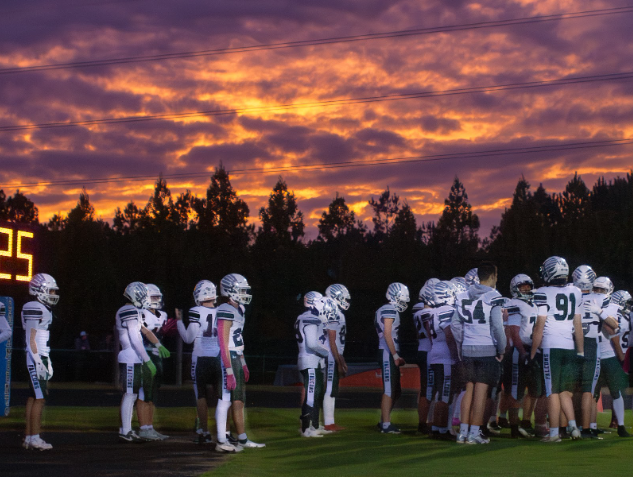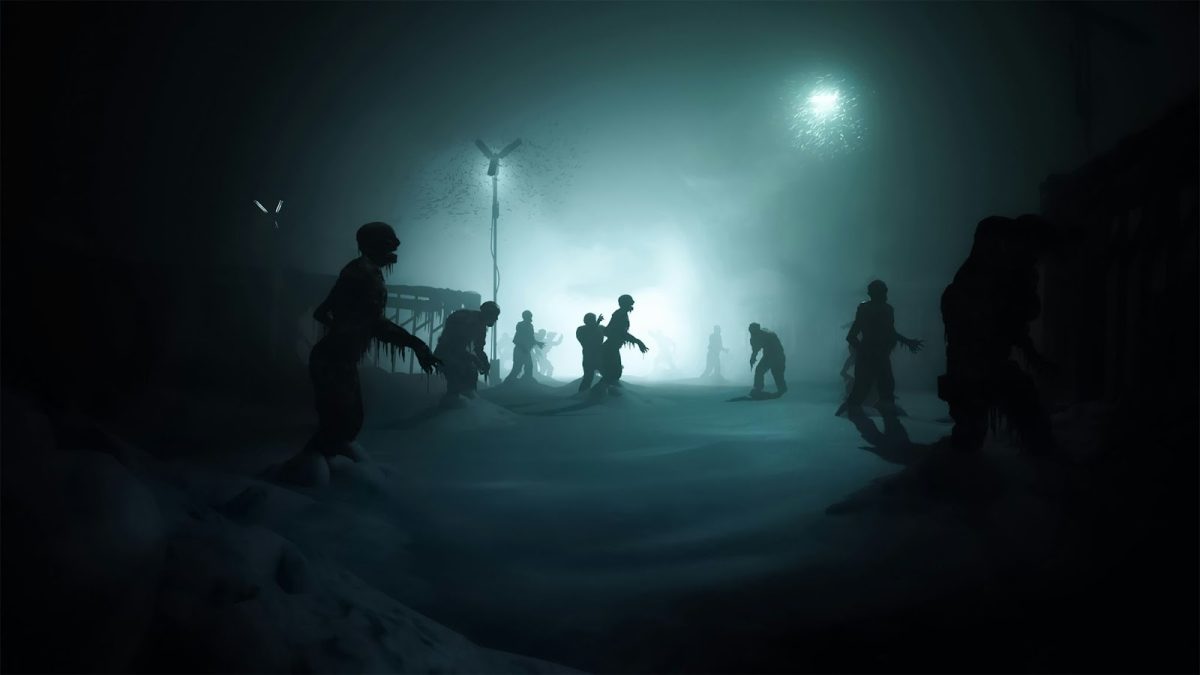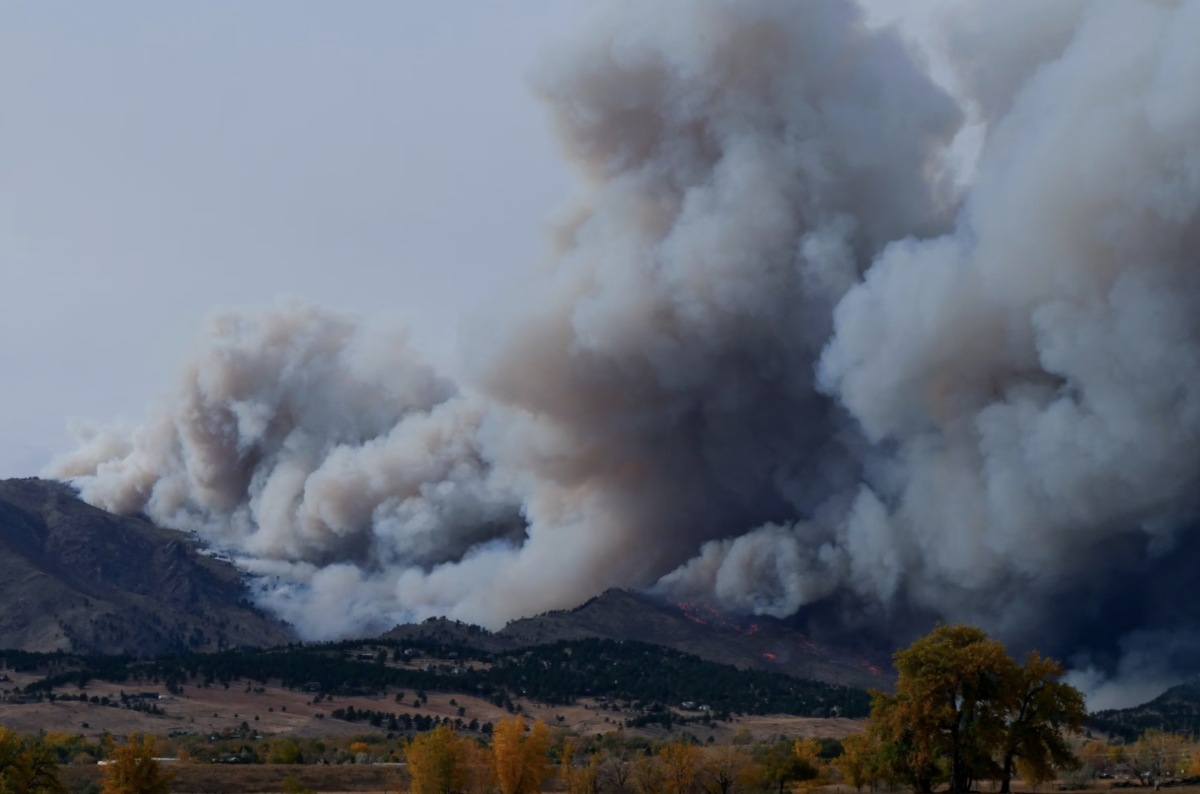Firefighters across the state responded to reports of a large wildfire near Edneyville, an unincorporated community southeast of Asheville on Saturday, Nov. 4.
Termed the “Poplar Drive Fire,” the area of forest on fire expanded to 250 acres in size and reported to be 5% contained by 5 p.m. by Nov. 5. Staff from the N.C. Forest Service, U.S. Forest Service, Office of State Fire Marshal and Edneyville Fire Department responded to the fires. Additional support was provided by the Henderson County Emergency Management and fire departments from adjacent counties.
The same day, a burn ban was issued across 14 Western North Carolina counties due to fears of further wildfires incidents. State Agriculture Commissioner Steve Troxler explained that the ban was implemented in order to keep residents safe. “Several counties in Western North Carolina are currently in a severe drought, and we are seeing wildfire activity increase due to dry conditions. Because dry conditions are expected to continue this burn ban is necessary to reduce the risk of fires starting and spreading quickly,” he said.
The ban expanded to 16 additional counties on Nov. 8, prohibiting open burning in any area of affected counties, and rendered all previous burn permits ineffective until further notice.
On Wednesday, Nov. 7, the fire burned on 431 acres and 15% contained. The N.C Forest Service reported that many areas are impacted by low intensity fires and fire reignition from leaf fall foliage. The department also reported that two homes and an additional building were destroyed. Two firefighters sustained minor injuries, but were treated and released. The fire reached 434 acres and was 30% contained on Nov. 10.
Firefighter crews responded to another fire in Cherokee County, named the “Collett Ridge Fire,” which is burning across roughly 4,000 acres on Nov. 8. The U.S. Forest Service reported that 16 structures were threatened by the fire, and 33,000 gallons of water from a nearby body of water, Nantahala Lake, was used to slow the fire.
North Carolina Governor Roy Cooper declared a State of Emergency due to ongoing wildfires and extended drought incidents across Western North Carolina. In a press release on Wednesday, Nov. 8, Governor Cooper thanked the firefighters working on-site at the fires and emphasized the need for intervention for such fires.
“I am grateful for the first responders who have jumped into action to help combat the ongoing wildfires in Western North Carolina,” he wrote. “The fires and the continued droughts across the state pose a risk to public health and safety and we want to ensure that all residents and their property remain safe and protected.”
An Executive Order was initiated, sending emergency support staff from numerous state departments to assist local firefighters in evacuating residents and battling the fires. The emergency area includes Alexander, Alleghany, Ashe, Avery, Buncombe, Burke, Cabarrus, Caldwell, Catawba, Cherokee, Clay, Cleveland, Gaston, Graham, Haywood, Henderson, Iredell, Jackson, Lincoln, Macon, Madison, McDowell, Mecklenburg, Mitchell, Polk, Rowan, Rutherford, Swain, Transylvania, Union, Watauga, Wilkes, Yancey counties and certain tribal lands of the Eastern Band of Cherokee Indians.
Director of North Carolina Emergency Management Will Ray highlighted the ongoing need for resources and funding in minimizing current and future damage sustained from wildfires. “The current wildfires, combined with the ongoing drought and weather forecast have increased our risk for additional fire activity, especially in the western part of our state,” he said.
Current personnel at the site are assessing damage via aerial drone footage. Operations Section Chief Dwayne Vigil warns of fire reignition in already-burnt areas. “The soil around the roots [of trees] is loose due to the fire eating away the organic material around those roots, causing them to be weak. If the vegetation falls over and the leaves fall onto the smoldering areas, the fire could reignite and throw embers,” he said.
The wildfires also negatively affected air quality levels near both burning areas, causing a Code Red air quality alert. State officials recommended that residents in Code Red areas limit their outdoor activities, as particulates in the air may sustain health injuries.
Firefighters and government officials continue to monitor the situation, as fires continue to make their way across Western North Carolina.















































































